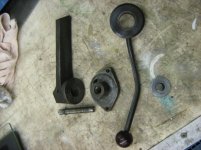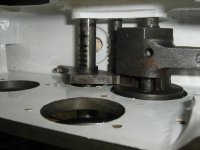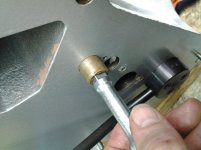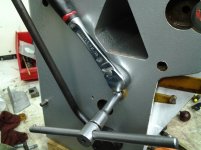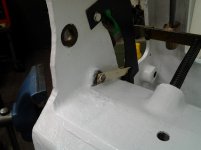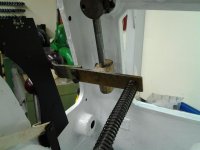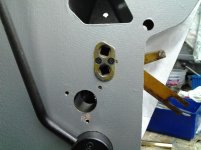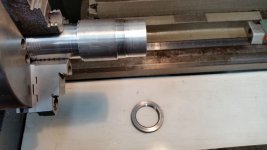Patio
Plastic
- Joined
- Sep 29, 2010
- Location
- Washington state
I have a Cazeneuve HBX 360 lathe. It seems to be in pretty good condition over all, but it has an issue.
When trying to cut a thread it will split the thread. Some times it goes on for a bit and hits it right and then it will split the thread, the next path it will split it again, by about the same amount as it split the first one. Ends up being like a multi start thread, and I have no idea why. This happens across all the pitches, both metric and imperial.
I have pulled the top gear on the quadrant and the shear pins are intact and lined up.
I would entertain any thoughts on this.
Thanks in advance for any help I may receive.
Pat
When trying to cut a thread it will split the thread. Some times it goes on for a bit and hits it right and then it will split the thread, the next path it will split it again, by about the same amount as it split the first one. Ends up being like a multi start thread, and I have no idea why. This happens across all the pitches, both metric and imperial.
I have pulled the top gear on the quadrant and the shear pins are intact and lined up.
I would entertain any thoughts on this.
Thanks in advance for any help I may receive.
Pat





